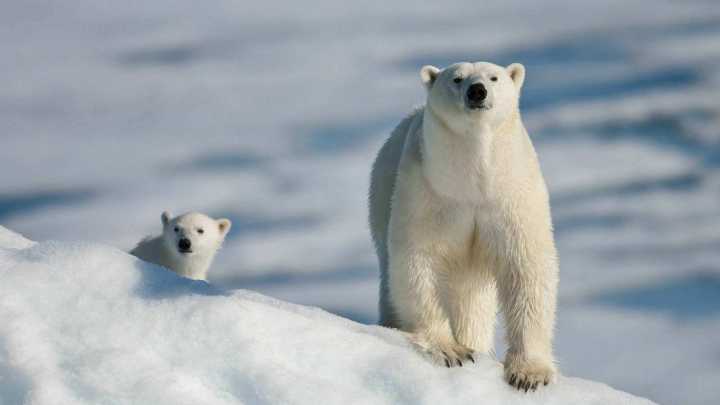
The king of the Arctic, the polar bear, lives on the coast or islands near the Arctic and withstands the rigors of the cold year round. So why can polar bears live in cold environments? This is actually closely related to the structure and shape of the polar bear's body and its living habits.
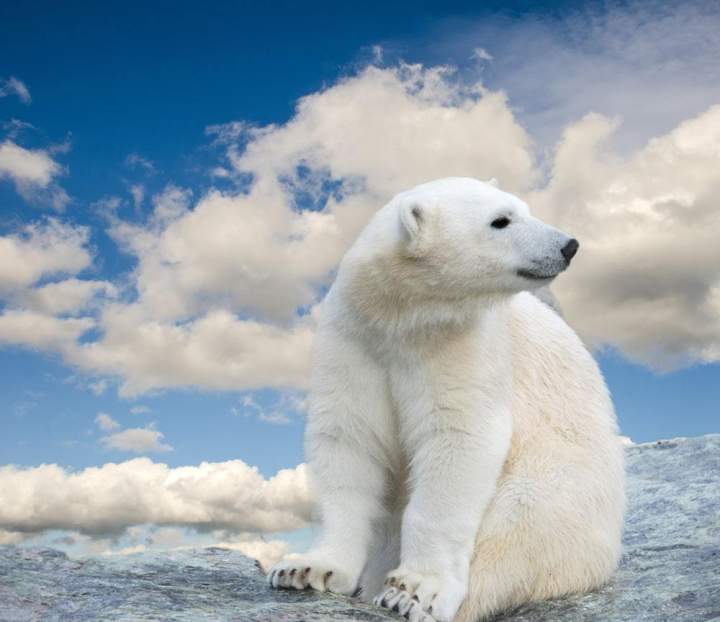
Let's start with the material composition of polar bears. The main food source for adult polar bears is seals rich in whale fat, allowing them to build a thick thermal insulation layer, so that 50% of their body weight is fat, and the fat is mainly distributed under the polar bear's skin, a high content of subcutaneous fat The layers provide conditions for polar bears to withstand the cold.
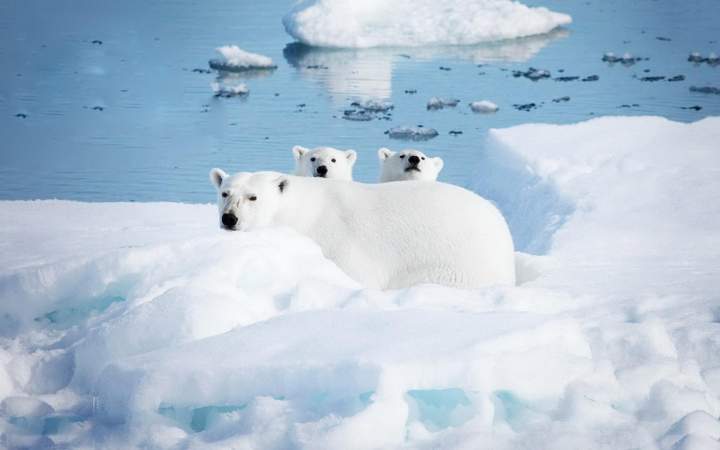
Fat is a good substance that stores and supplies energy in the body. 1 gram of fat is completely broken down in the body to produce 38 kilojoules of energy, which is more than twice as much as 1 gram of protein or 1 gram of sugar. And fat is a bad thermal conductive material, which can effectively play a role in heat insulation. Very thick subcutaneous fat reduces the heat loss in the polar bear body and effectively resists the severe cold.
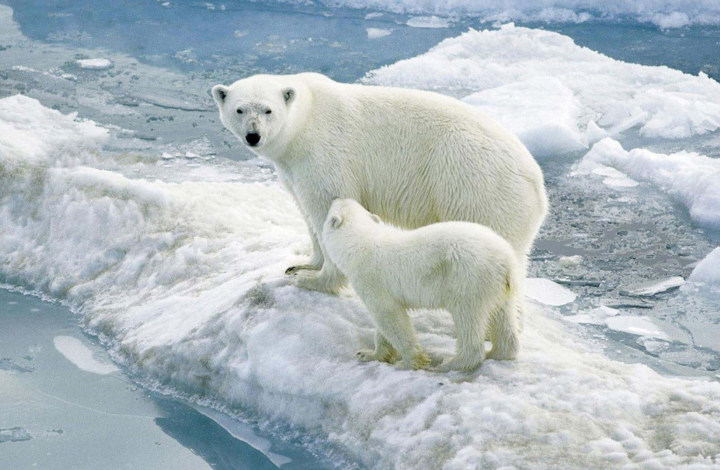
Second, the secret of polar bears' protection from the cold is inseparable from their special fur. The polar bear's hair appears to be "white", but when observed by electron microscope, it is found that they are actually hollow structures. The hair does not contain any pigments and is transparent. This special capillary can pass ultraviolet light along the core, helping the polar bear to absorb almost all the light shining on it, increasing its temperature inside the body.
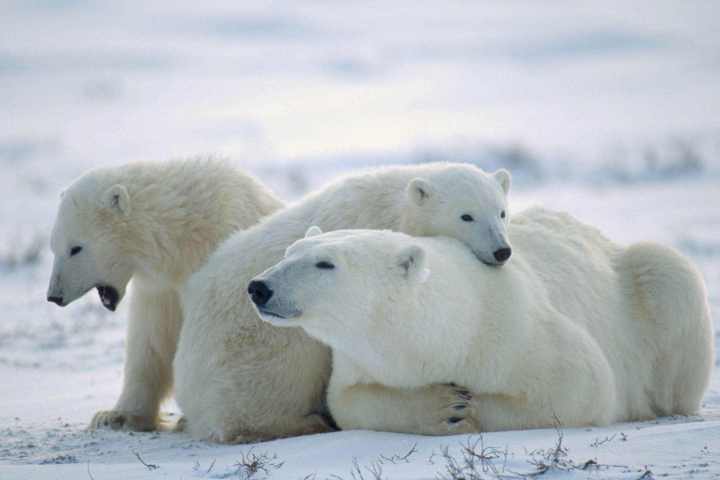
In addition, polar bears are "still" about 67% of their life and begin to hibernate when the North Pole enters the coldest period, minimizing the loss of energy in its body to retain more energy substances to maintain body temperature.
No comments:
Post a Comment